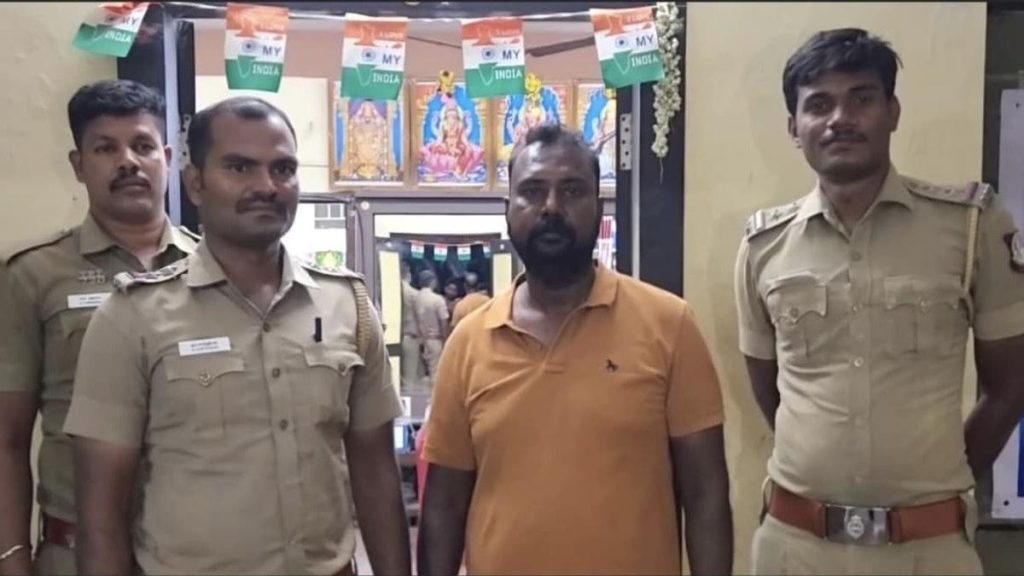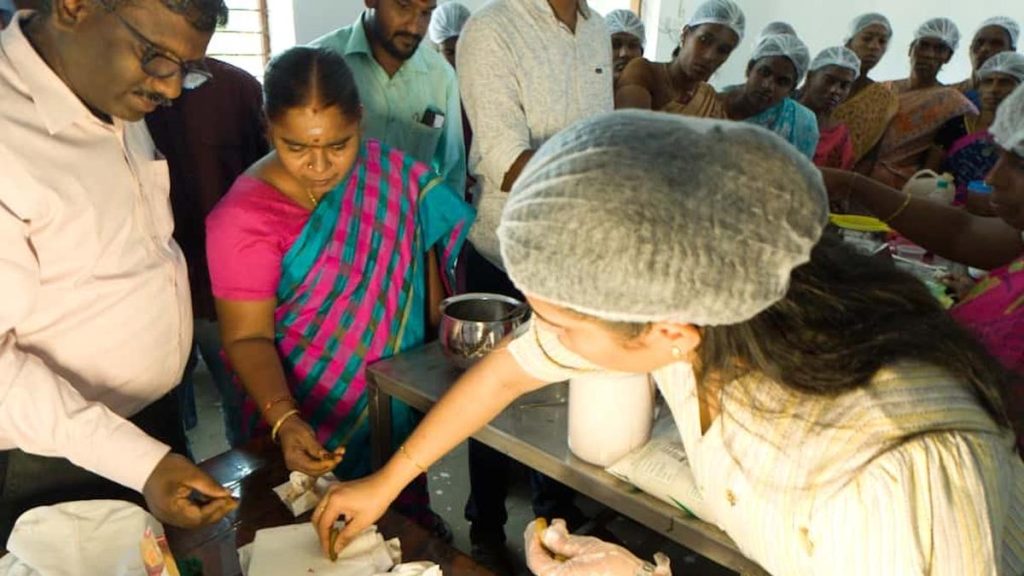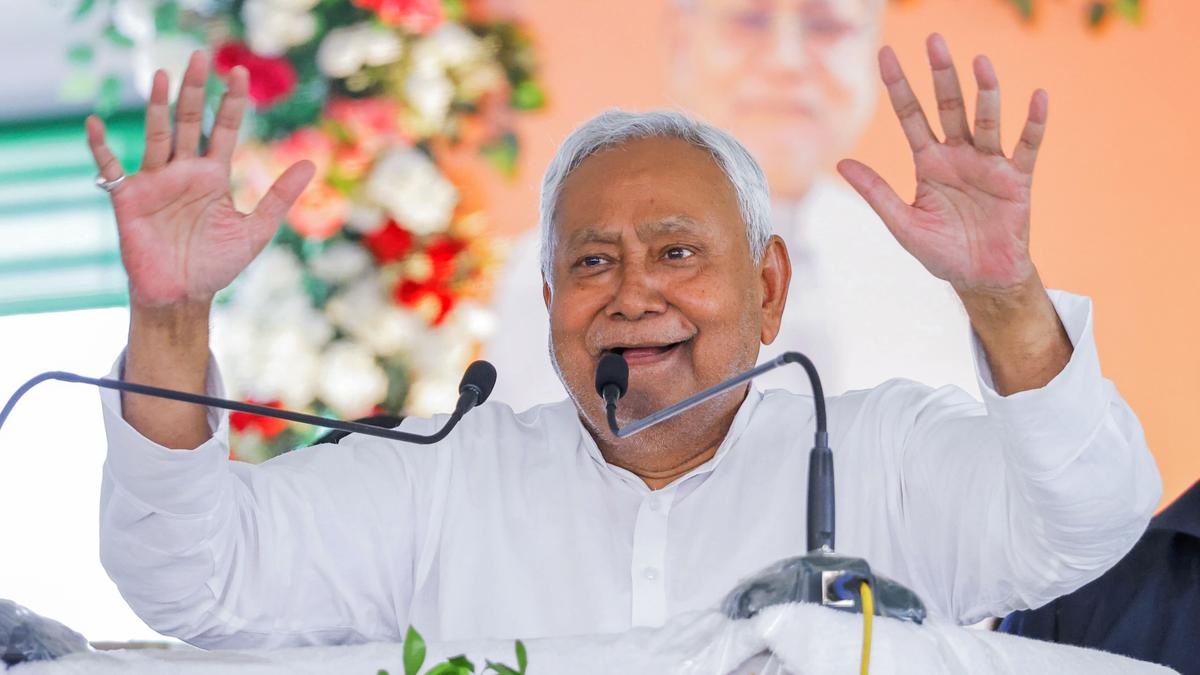Now Reading: Mysuru Dasara: Celebrating Tradition and History
-
01
Mysuru Dasara: Celebrating Tradition and History
Mysuru Dasara: Celebrating Tradition and History

### Swift Summary
– Mysuru Dasara 2025, rooted in the grandeur of Vijayanagara emperors and nurtured by the Wadiyars, will commence on Monday (September 22) and continue until October 2.
– The festival symbolises the victory of good over evil, marking goddess Chamundeshwari’s defeat of demon Mahishasura.
– Though widely celebrated across India, Mysuru Dasara blends religious practices with Karnataka’s folk and classical performances, earning it the name Naada Habba (State Festival).
– Historical origins of Mysuru Dasara trace back to medieval accounts by Persian diplomat Abdur Razzak and Portuguese travellers Domingo Paes and Fernano Nuniz.
– After Vijayanagara’s fall, Raja Wadiyar continued this tradition upon ascending Srirangapatna’s throne in 1610. Mysuru became its hub after Tipu Sultan’s fall in 1799.
– During Nalwadi Krishnaraja Wadiyar’s regime (1902-1940), Mysuru Dasara reached its artistic peak, illustrated through murals at jaganmohan Palace and paintings at Amba Vilas Palace.
– Writer Banu Mushtaq will inaugurate the festivities this year at Chamundeshwari Temple atop Chamundi Hills alongside Chief Minister Siddaramaiah on September 22.
– Key attractions include illuminated streets spanning 130 km; performances by folk artistes; cultural events like flower shows,wrestling matches,heritage walks; a film festival; poetry meets; food fairs; athletics-based Yuva Dasara events; yoga demos; sports competitions.
– Celebrations culminate on October 2 with Vijayadashami processions led by ornately adorned elephants evoking historic imagery.
### Indian Opinion Analysis
Mysuru Dasara holds immense cultural significance as it bridges India’s ancient traditions with Karnataka-specific historical legacies. By combining religious symbolism with artistic expression deeply rooted in local customs since vijayanagara times-continued steadfastly under successive rulers-it highlights how enduring heritage can thrive even amid political changes.
The modern iteration as both a cultural showcase and tourism driver aligns well with promoting state identity while boosting economic activity via visitor engagement. The incorporation of diverse activities such as flower shows or Yuva-centric sports broadens community participation while retaining core traditional elements like Vijayadashami processions.
Preserving this deep-seated legacy reflects India’s ability to maintain continuity with historic roots amid evolving societal priorities-a key takeaway from Mysuru’s meticulous commitment year after year. observing how other states might harness comparable festivals for integrated socio-cultural-economic growth could provide actionable inspiration nationwide.
read more:

























